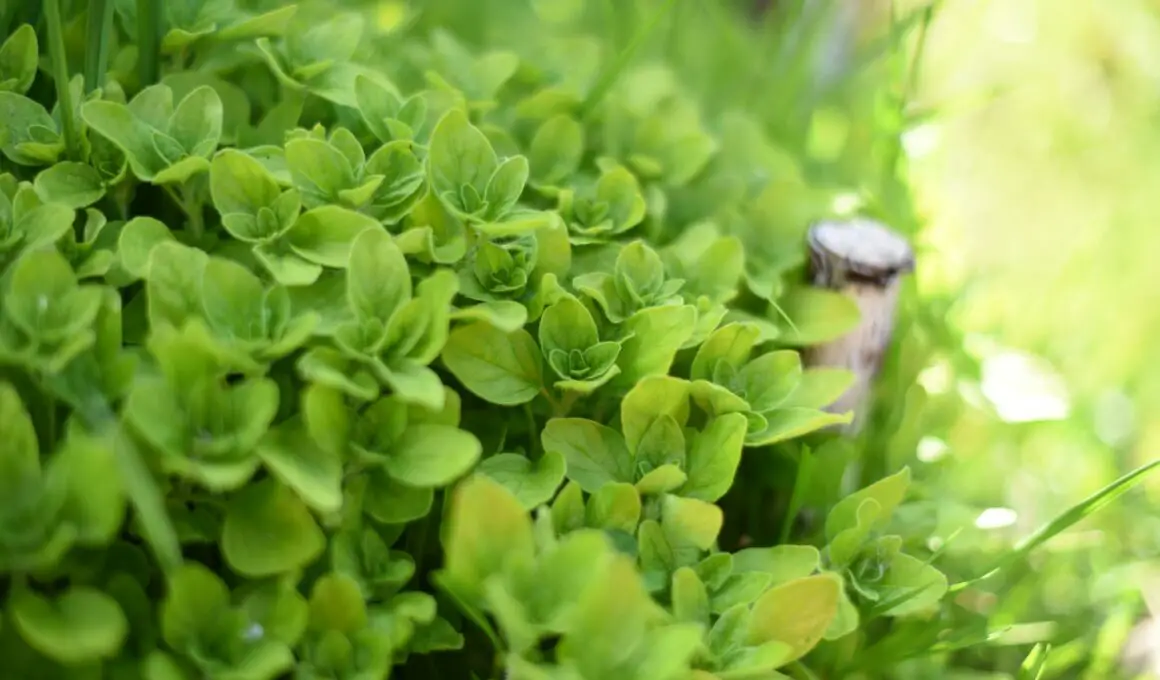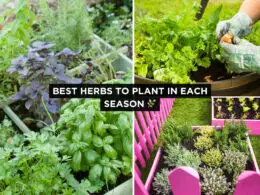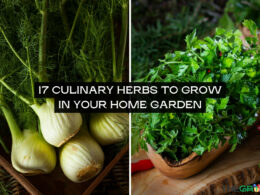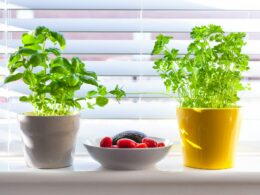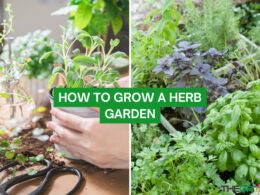In This Article Show
Growing oregano at home is surprisingly simple and highly rewarding. This aromatic herb enhances dishes with its robust flavor and is a staple in Mediterranean and Mexican cuisines. Whether you have a full garden or a small balcony space, oregano thrives with minimal fuss. In this guide, we’ll walk through five straightforward steps to cultivate your oregano, ensuring you have a fresh supply at your fingertips for your cooking adventures.
How to Grow Oregano At Home
Here are 5 simple steps to growing your oregano at home.
Step 1: Choosing the Right Variety

Oregano is not just one herb but a collection of several varieties that can enhance your garden and your meals. The most commonly grown types include Greek oregano, Italian oregano, and Golden oregano, each bringing its unique flavor and growth habits.
1. Greek Oregano (Origanum vulgare var. hirtum)
This is considered the true oregano with a strong, pungent flavor. It thrives in warmer climates, loves the full sun, and is perfect for those wanting that classic pizza topping.
2. Italian Oregano (Origanum x majoricum)
Get Gardening For Beginners
Our new EBOOK shows newcomers and green thumbs alike a step by step guide to growing the garden of their dreams.
Italian Oregano is a hybrid of sweet marjoram and common oregano, offers a milder taste, and is versatile in a variety of dishes. This variety performs well in cooler regions compared to its Greek cousin.
3. Golden Oregano (Origanum vulgare ‘Aureum’)
Golden Oregano is valued more for its decorative appeal with its vibrant golden-colored leaves, though it still maintains a pleasant flavor. It prefers a bit more shade, making it suitable for gardeners with less sun exposure.
When selecting seeds or seedlings, opt for reputable nurseries or garden centers to ensure quality. Seeds can offer a more extensive variety and are more economical, but require more time and care to establish.
Seedlings, though more costly, provide a head start and can be particularly rewarding for beginners. Ensure the seedlings look healthy, without any signs of wilting or discoloration, which could indicate disease or poor care.
Step 2: Planting Your Oregano
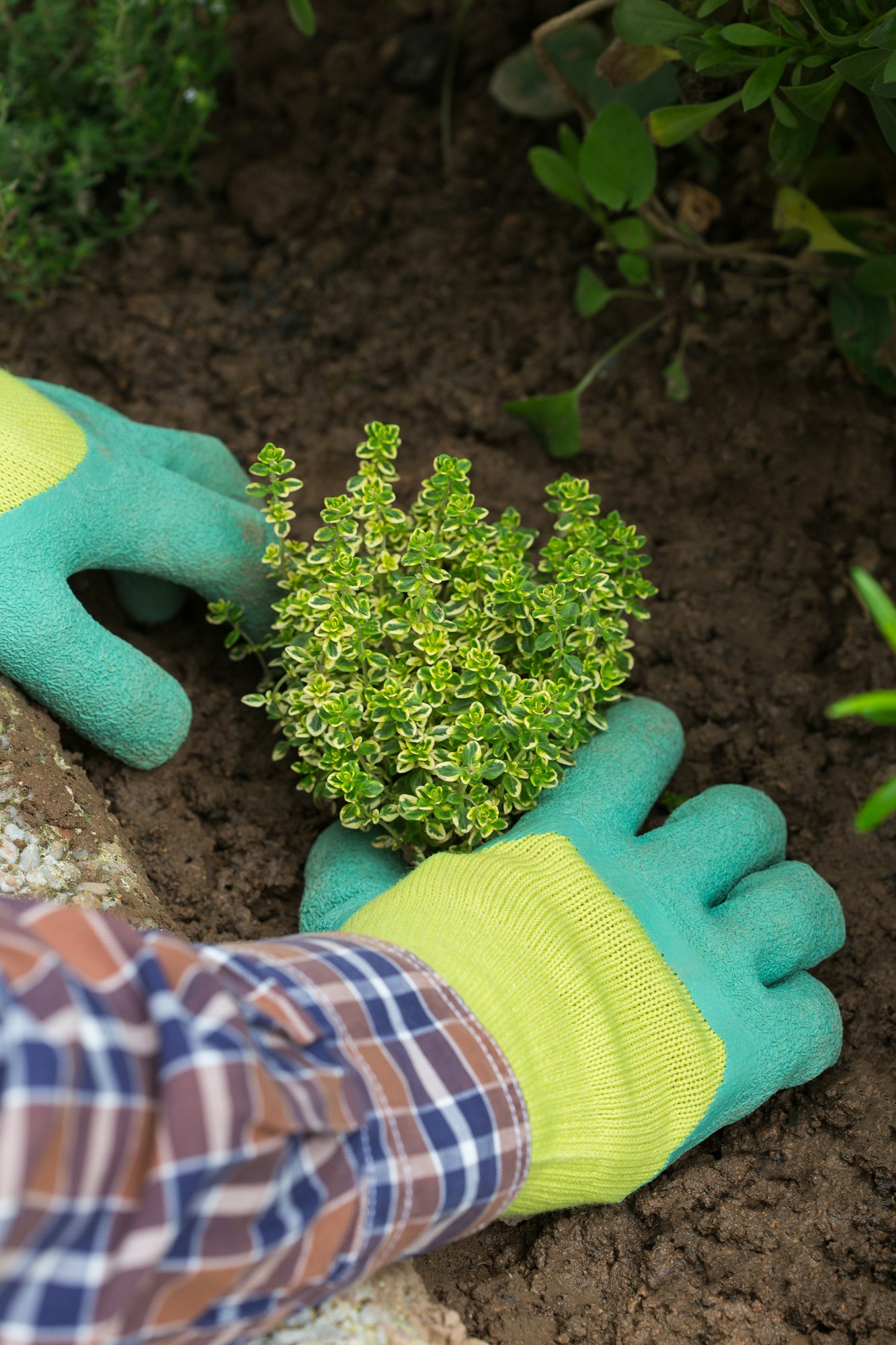
Planting your oregano at the right time and in the right conditions sets the foundation for a robust, productive herb garden. Here’s how to get started:
Best Time of Year to Plant Oregano
Get Gardening For Beginners
Our new EBOOK shows newcomers and green thumbs alike a step by step guide to growing the garden of their dreams.
Oregano is best planted in the early spring after the last frost has passed. This timing allows the plant to establish itself before the heat of the summer. In warmer climates where frost is less of a concern, planting can also occur in the fall, providing the plants enough time to settle before the cooler winter.
Soil Preparation and Ideal Planting Conditions
Oregano thrives in well-drained soil that is rich in organic matter. Before planting, prepare your garden bed by loosening the soil and mixing in compost or aged manure to enhance fertility and improve drainage. Aim for a soil pH between 6.0 and 7.0, which is ideal for most herbs. Oregano requires plenty of sunlight, so choose a spot that receives at least six to eight hours of direct sunlight daily.
How to Plant Seeds or Transplant Seedlings
If starting from seeds:
- Scatter the seeds lightly across the soil surface and cover them with a thin layer of soil, about 1/4 inch deep.
- Water gently and keep the soil consistently moist until germination, which usually occurs within 1 to 2 weeks.
- Thin seedlings once they reach about 2 inches tall, spacing them approximately 10 inches apart to allow ample room for growth.
transplanting seedlings
- Begin by watering your seedlings well before transplanting to minimize transplant shock.
- Dig holes in your prepared bed that are just big enough to accommodate the root ball of each seedling.
- Place the seedlings in the holes, ensuring the base of the stem is level with the surrounding soil.
- Backfill the hole, gently firming the soil around the roots, and water thoroughly.
Step 3: Caring for Your Oregano Plants
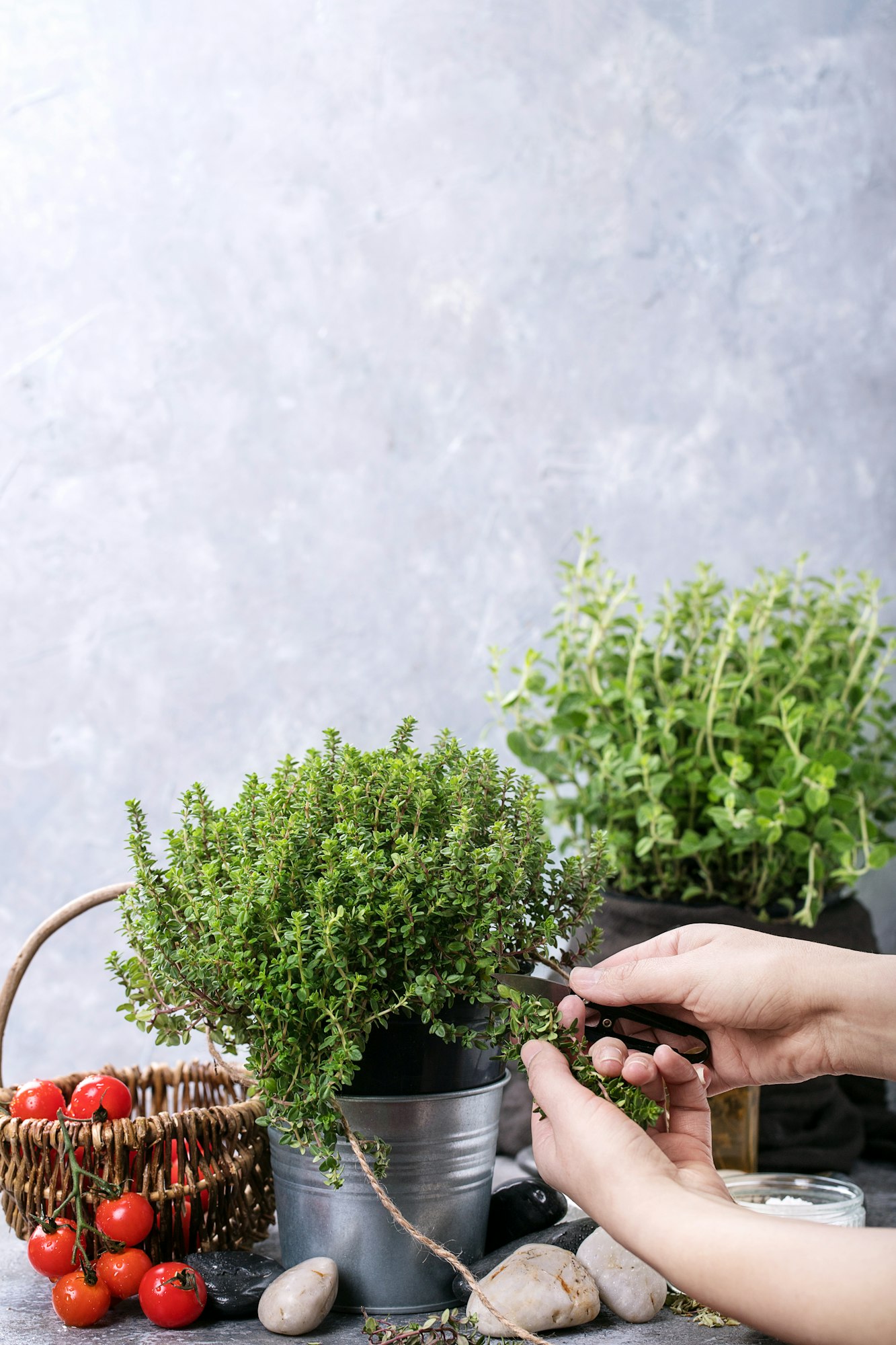
Proper care is crucial for ensuring your oregano plants thrive and produce abundant flavorful leaves. Here’s how to keep your oregano healthy:
Watering Requirements
Oregano is relatively drought-tolerant once established, but consistent watering helps the plants develop strong roots. Water your oregano when the top inch of soil feels dry to the touch. Avoid overwatering, as oregano does not like to sit in wet soil. Ensure good drainage in your pots or garden beds to prevent root rot.
Sunlight and Positioning
Oregano needs plenty of sunlight to develop its full flavor. Plant your oregano in a location that receives at least 6 to 8 hours of direct sunlight each day. If you’re growing oregano in a cooler climate, maximize light exposure by positioning your plants where they will receive midday and afternoon sun, which is warmer.
Fertilizing
Oregano benefits from occasional feeding, especially if growing in pots. Use a balanced, all-purpose fertilizer every four to six weeks during the growing season. Alternatively, you can use an organic option like compost tea or a seaweed-based fertilizer, which is gentler on the plants. Over-fertilizing can lead to lush foliage with diluted flavor, so it’s important to fertilize sparingly and according to the needs of your specific garden soil.
Step 4: Pruning and Maintenance
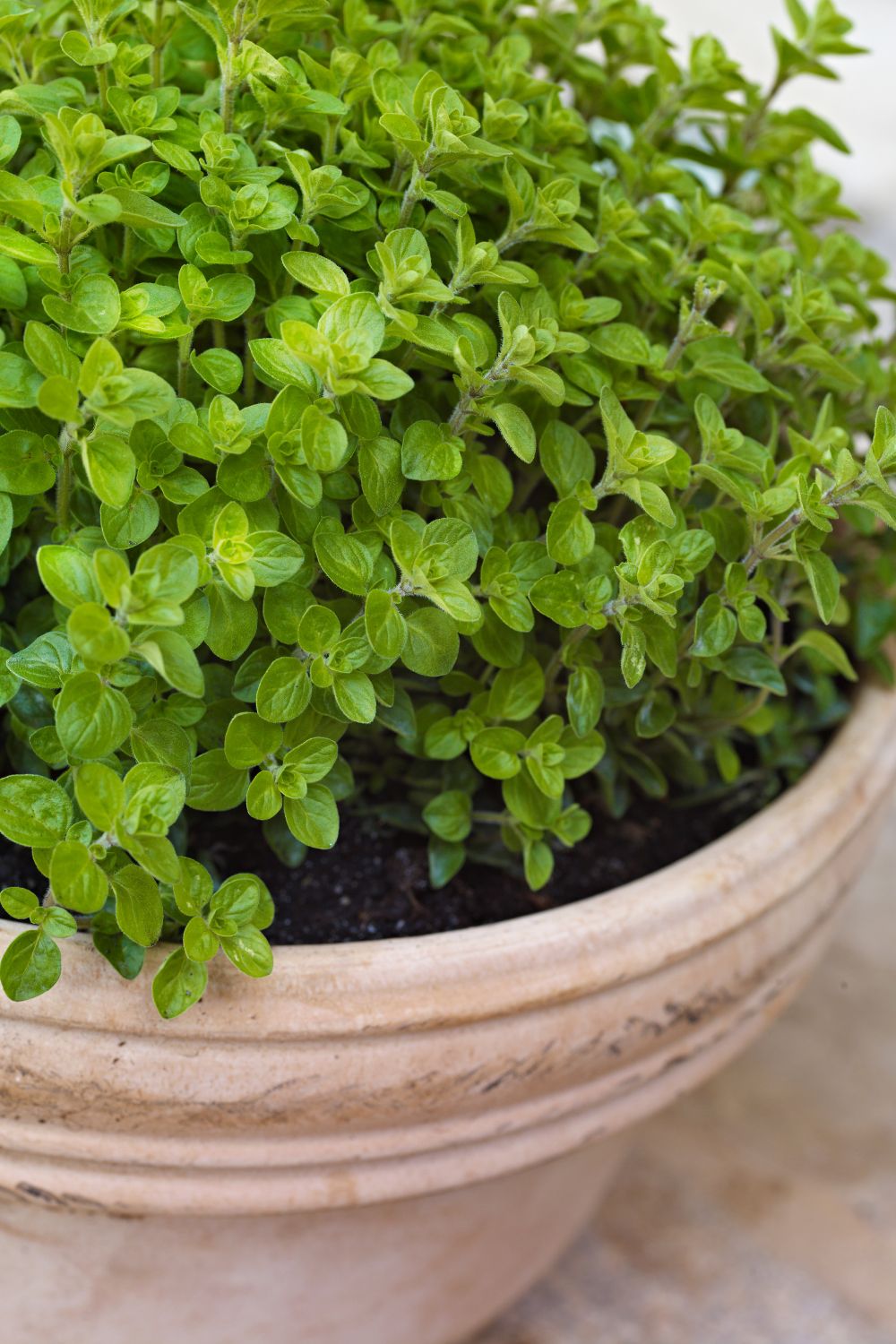
Regular pruning and maintenance are essential to keep your oregano healthy and productive. Here’s how to properly care for your plants:
Pruning Oregano Plants
Pruning is crucial for encouraging bushier growth and preventing oregano from becoming leggy. Start pruning your oregano once the plant reaches about 4 inches in height by pinching off the tops of the stems. This encourages the plant to branch out.
Throughout the growing season, regularly trim back about one-third of the growth to promote new leaves and prevent the plant from flowering, as flowering can reduce leaf flavor. Always use clean, sharp scissors or pruning shears to make clean cuts, which help prevent disease.
Dealing with Common Pests and Diseases
Oregano is relatively hardy but can occasionally be troubled by pests such as spider mites and aphids, especially when grown indoors or in very dry conditions. To combat these pests, spray your plants with a strong stream of water to knock off the pests, or use an organic insecticidal soap as a treatment.
Fungal diseases like powdery mildew can also affect oregano, particularly in humid climates or if the plants are overcrowded. Ensure good air circulation around your plants and avoid overhead watering to keep the foliage dry. If you notice signs of powdery mildew, trim away affected parts and dispose of them properly to prevent the spread of the disease.
Step 5: Harvesting Your Oregano
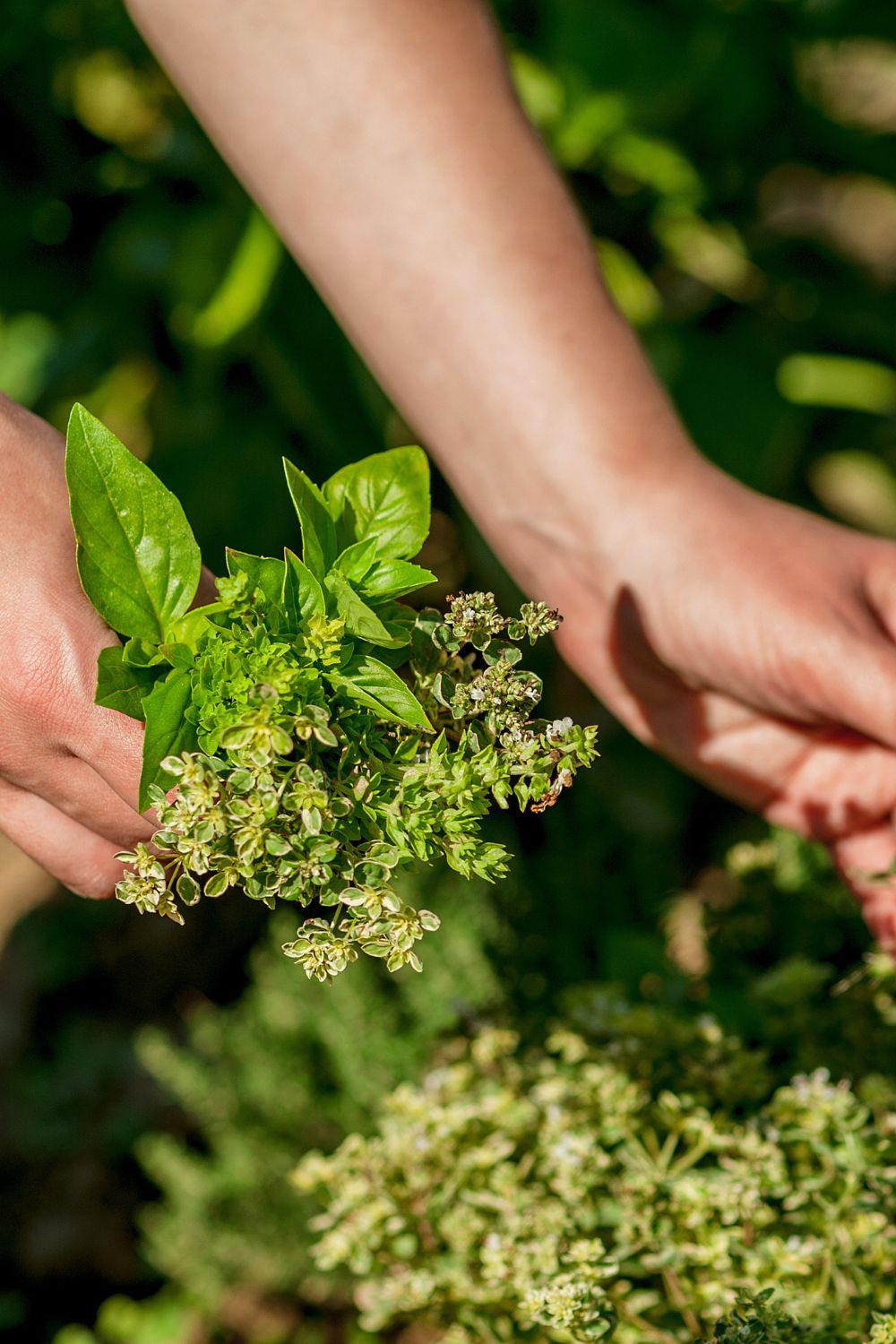
Harvesting your oregano at the right time ensures you get the most flavor out of your herbs. Here’s how to know when to harvest and the best methods to do so:
Signs Your Oregano is Ready to Be Harvested
Oregano is ready to harvest when the plant has reached at least 4 inches in height, which typically happens before it begins to flower. The leaves contain the most oils and thus the most flavor just before flowering, making this the optimal time for harvesting.
Techniques for Harvesting to Ensure Continuous Growth
To harvest, use scissors or garden shears to cut stems just above a leaf node or pair of leaves. This method encourages the plant to branch from the cutting point, leading to fuller, bushier plants and ongoing production throughout the season. Harvest regularly, taking no more than one-third of the plant at a time to allow it to recover and grow back even stronger.
Storing and Preserving Fresh Oregano
After harvesting, you can use fresh oregano leaves immediately for the best flavor. To store them, wash the leaves gently, pat them dry, and keep them in the refrigerator wrapped in a damp paper towel inside a plastic bag. They should last for about a week this way.
For longer preservation, oregano can be dried or frozen. To dry oregano, hang the stems in a warm, dry, and well-ventilated area out of direct sunlight. Once dried, strip the leaves from the stems and store them in an airtight container away from light and heat.
To freeze, chop the fresh leaves and pack them into an ice cube tray covered with water or olive oil, then freeze. These oregano cubes can be dropped directly into soups, stews, or sauces as needed.





